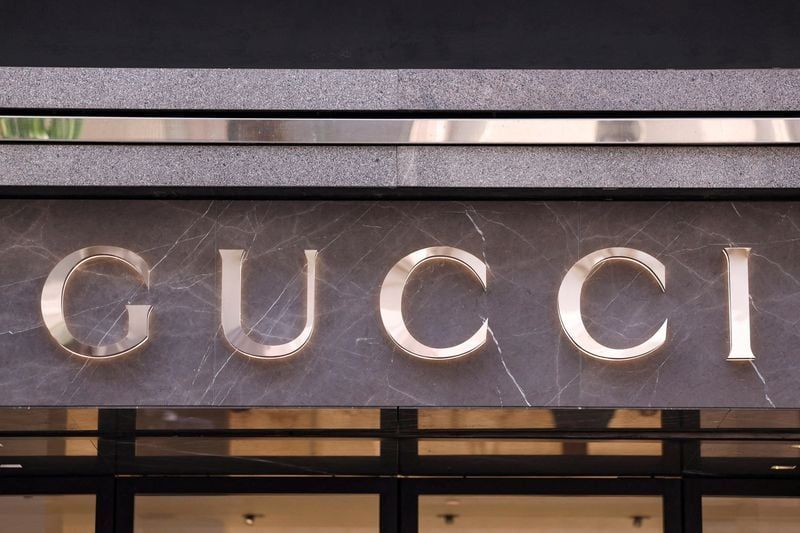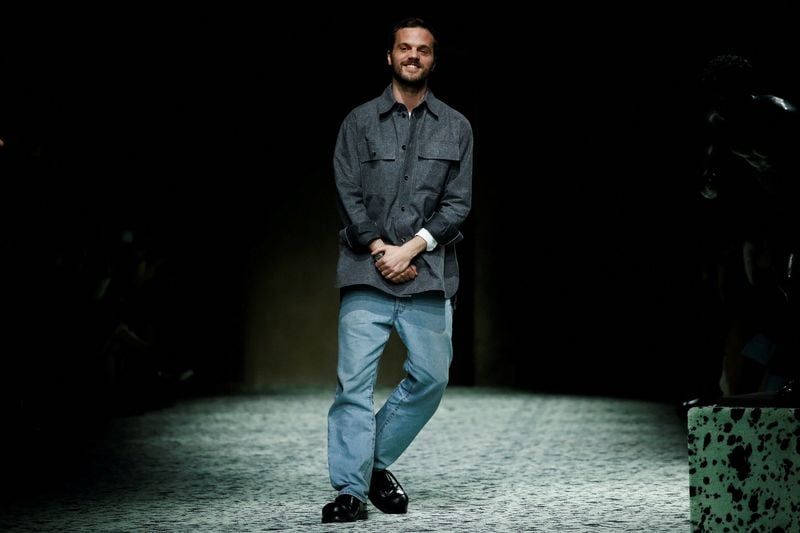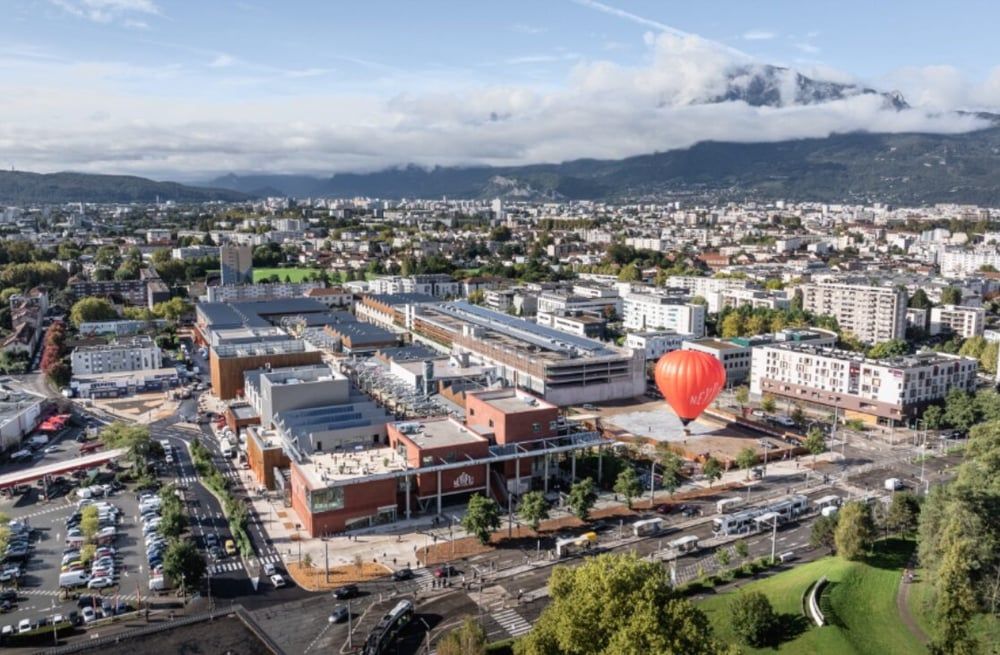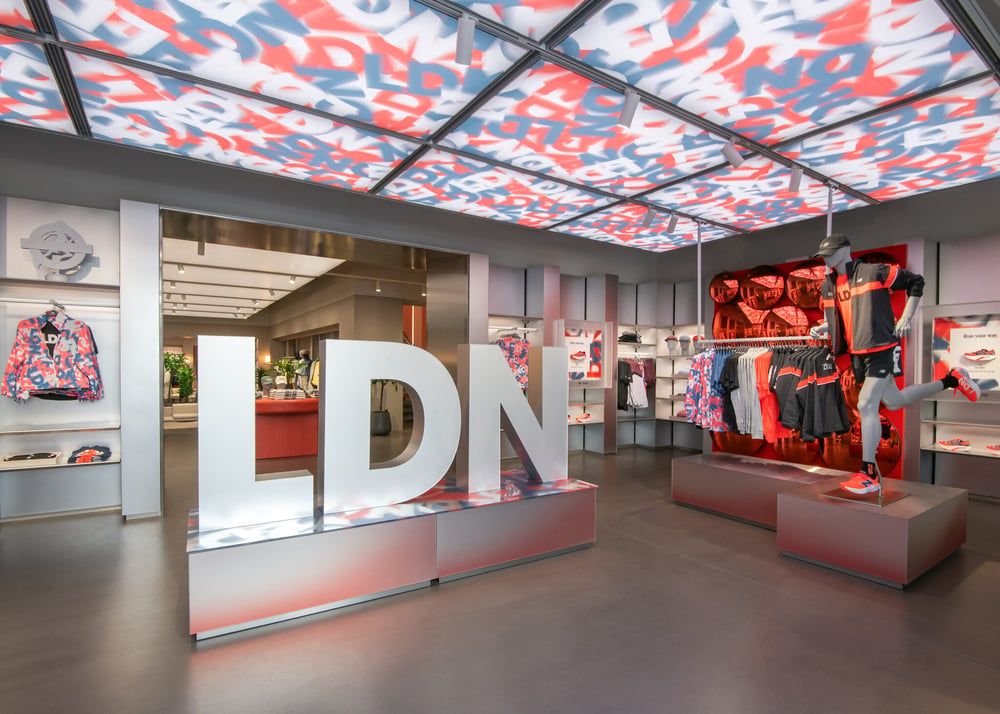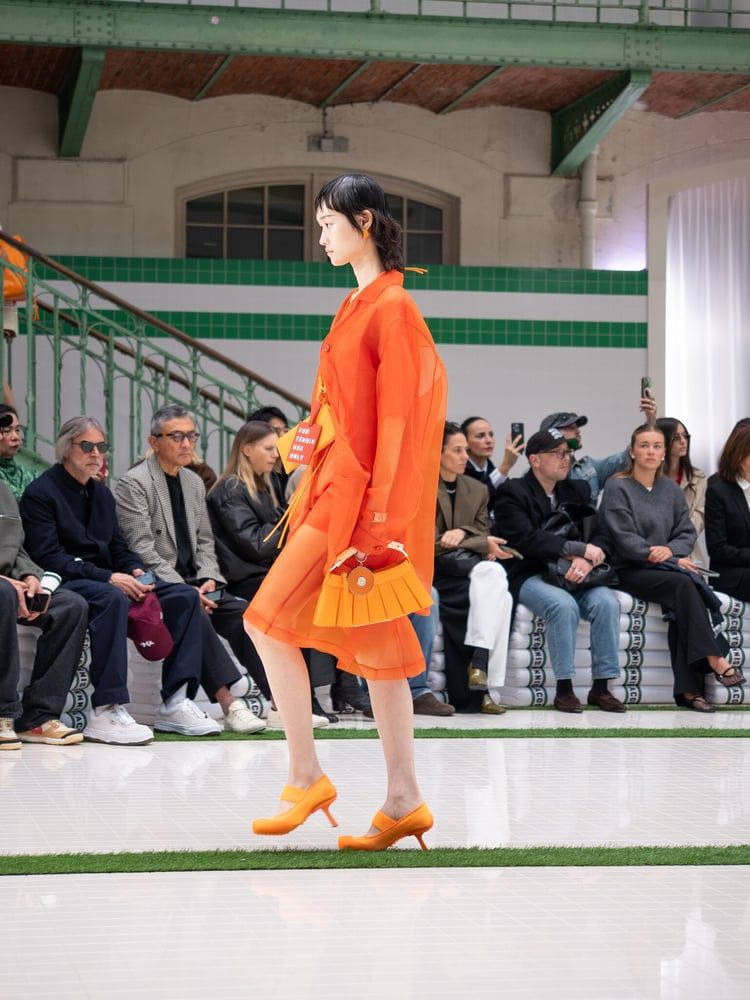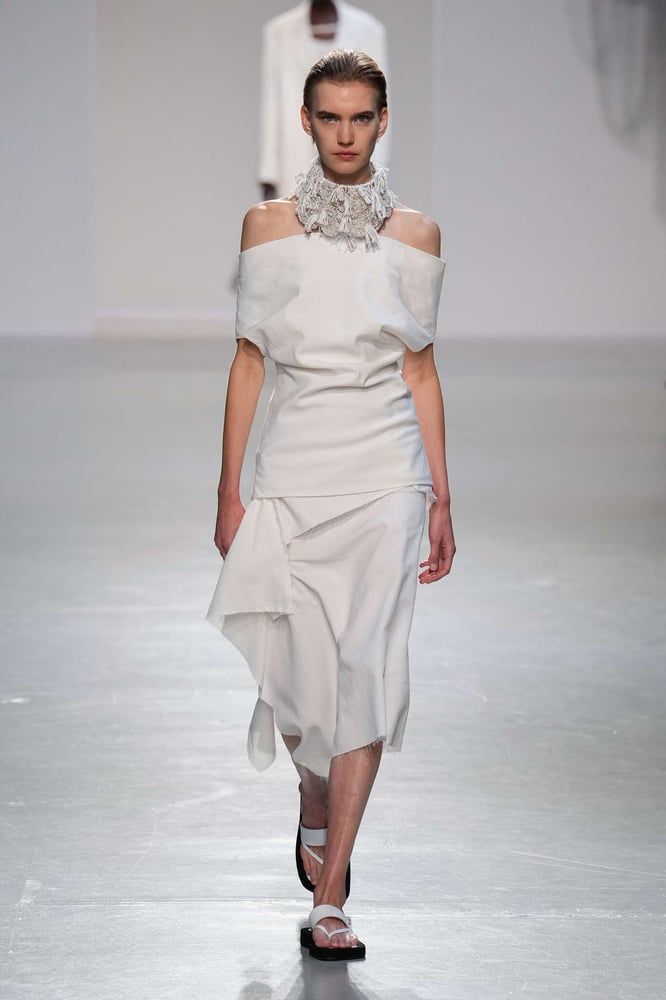Louis Vuitton's opulent Paris Fashion Week show blends royal grandeur with modern comfort
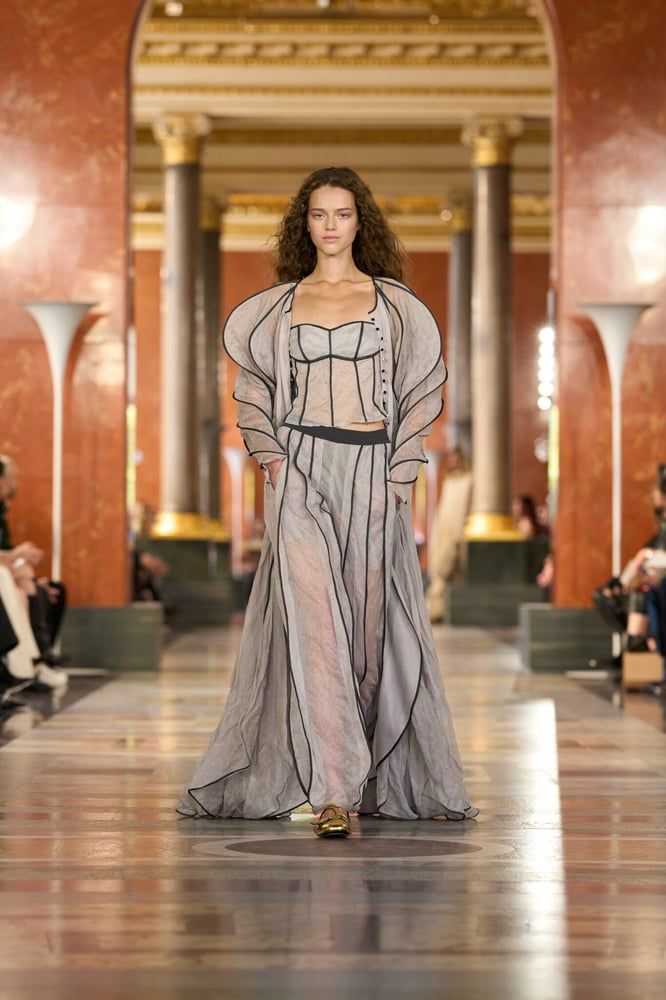
Louis Vuitton kicked off Paris Fashion Week with an influential show that captivated audiences inside the opulent confines of a royal apartment within the Louvre. The chosen venue was none other than the grandiose summer apartment of Anne of Austria, a neoclassical space meticulously redecorated to evoke French taste spanning from the 18th century to the present day. This transformation, a collaboration between Louis Vuitton’s women’s creative director Nicolas Ghesquière and set designer Marie-Anne Derville, created an immersive experience encompassing a salon, a lounge, and even a bathroom, all reflecting a deep sense of serenity and comfort.
Ghesquière articulated his vision post-show, stating, "I wanted the serenity that you feel in the comfort of your own home. Today, you can dress with sophistication at home. It's not just about wearing jogging pants." This philosophy translated into the Spring-Summer 2026 collection, which was notably eclectic. It featured a captivating blend of kicky fabric tops, intricate tapestry details, unique carpet-fabric shoes, and brushed silk – an 18th-century French technique that imparts an animal skin-like texture.
While Ghesquière did not explicitly reference Anne of Austria's personal wardrobe, the collection exuded a contemporary courtier aesthetic. This was evident in leggings cut like britches, shirts adorned with aristocratic six-inch collars, striking lace demoiselle gowns, and a magnificent scarlet satin bouffant bubble coat. The addition of off-the-shoulder togas and damask dhotis, paired with short paisley tanks, further contributed to the sense of an exotic, grand dinner party. The millinery was particularly striking, featuring superb Doges’ miters and Pashas’ turbans, while Ghesquière’s signature touch of futuristic sportswear, like technical palazzo pants and high-tech sneakers, leavened many of the looks.
The queen’s apartment itself served as a subtle yet powerful muse. Ghesquière was clearly influenced by its vibrant colors, from the restored rose-checked marble floor of the 1970s to the 17th- and 18th-century frescoes and Egyptian bas-reliefs. Although the designer claimed not to be directly influenced by Anne’s personal attire, a hint of Rubens’ famed portrait of Anne, depicted in a diaphanous silk gown with a spiky collar, seemed to echo in the collection’s sophisticated elegance. Ghesquière humorously described his "multicultural proposition," underscoring the collection's diverse influences.
Despite its grandeur, the collection was far from uptight. It presented perfectly draped body-con gowns and superb tailoring crafted from soft knitwear, embodying a new era of refinement. Ghesquière’s imaginative prowess and impeccable timing shone through, particularly in a season where "quiet luxury" gives way to a renaissance of more expressive sophistication. The set itself was a masterpiece of diverse influences, blending the artistic visions of Robert Wilson, 18th-century master cabinetmaker Georges Jacob, 1930s Art Deco by Michel Dufet, ceramic sculptures by Pierre-Adrien Dalpayrat, and furniture designed by Marie-Anne Derville herself.
The event drew a notable crowd, including senior brass from LVMH, the owner of Louis Vuitton, alongside a contingent of influencers and prominent movie stars like Jennifer Connelly and Emma Stone. The spirit of the show subtly nodded to the empowerment embodied by Anne of Austria herself. A shrewd political operator, Anne outmaneuvered rivals to become the sole regent for Louis XIV at just four years old, later suppressing the Fronde — the greatest revolt against the French monarchy before the Revolution — with the help of Italian-born Cardinal Mazarin. This historical parallel subtly highlights LVMH’s own strategic acumen, notably in appointing Italian-born Pietro Beccari as CEO at Vuitton.
Ultimately, while Louis Vuitton is a luxury brand synonymous with travel, this collection, devoted to the concept of "home," still represented a profound fashionable voyage. It offered flights of fantasy that boldly ventured into new stylistic territories, blurring boundaries between comfort, sophistication, and historical grandeur. The show’s atmosphere was further elevated by a powerful soundtrack, featuring Cate Blanchett’s slow, deliberate declamation of David Byrne’s "This Must Be the Place" (from Talking Heads), set to music composed by Tanguy Destable. Byrne’s poignant lyric, "Home — it’s where I want to be," resonated deeply, offering a compelling conclusion to Ghesquière’s inspired vision.





